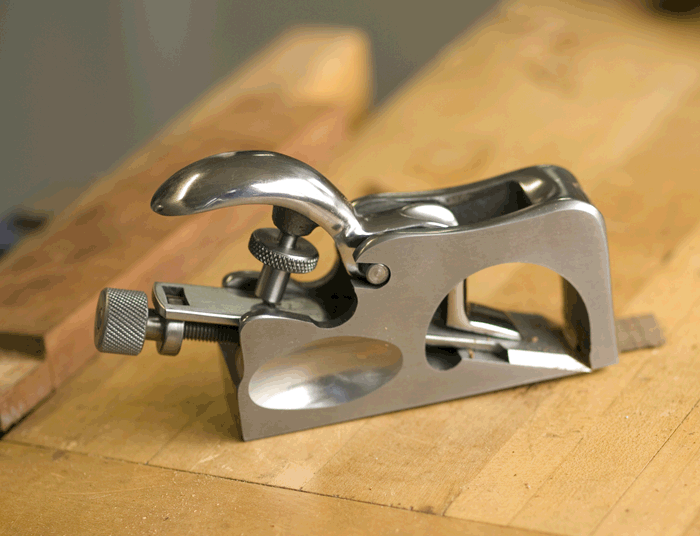The Planes You Never Thought You Needed

In the late 19th century, Stanley, together with Leonard Bailey invented a system for their range of hand planes. This system, known as the Bailey System, set the precedent for much of the thought processes found in woodwork today. The Bailey System emphasized the importance of working from “rough” to “fine” by providing numbers to signify to the user exactly which plane to use at which stage of surface planing. Stanley’s system for these hand planes has since been adopted by all reputable hand plane manufacturers of today. A very popular iteration that came from this series of hand planes is the Stanley Adjustable Block Plane. Equipped with a razor-sharp cutting edge, fully adjustable mouth as well as the perfect dimensions to fit the palm of your hand – this hand plane has become a favorite solution for planing smaller stock.
But other than the block plane, what other uniquely made hand planes could you use on your projects which you may never have considered? Today, we take a look at a few of these specialty planes found on the market today.
Shoulder Planes

As opposed to a block plane, the blade of the shoulder plane extends over the complete width of the plane. It provides a broader cutting edge. We use this type of plane to cut rebates or rabbets. You can also use it to trim and cut and trim wood at corners. The flat side of the plane allows this to be done. You can get shoulder planes of different sizes to suit the kind of work you are doing.
Combination Planes
Combination planes have an interchangeable cutting blade that you can change to do the tasks of other planes. With a few adjustments, you can make the tool act like a molding or rabbet plane. Even though they are versatile, many people find them cumbersome and hard to set up, so they are quite rare.
Bullnose Planes

Bullnose planes are a shorter type of shoulder plane. We use a bullnose plane for adding finishing touches while working on tenons, and other types of fine work. Some models of bullnose planes feature a removable front, enabling you to convert them into a chisel plane. This way, you can work into the corners. The bullnose plane has a blade that is wider than its body to ensure that the body doesn’t bind against the wall of the rabbet. The result is that you get a straight, square, cut.
Plow Planes & Router Planes

Router planes are used to clean out shallow mortises, grooves, and dadoes. A router plane may sometimes come with a fence for straight work. You can get two cutting positions from the blade of this plane. The first is the board position. It features the blade being within the plane body. In the second position, the blade is exposed at the front. The second position allows you to cut right into corners. A bit like a router plane, we use the plow plane to work on long grooves and dadoes. However, with the plow plane, the difference is it cuts grooves and dadoes in pieces of wood, rather than just cleaning them. For example, you can use plow planes for fitting drawer bottoms to drawers.
These plow planes use an adjustable fence that uses the edge of the workpiece as a reference to ensure a parallel cut. A plow plane usually comes with a set of blades of different sizes which enables you to get grooves of different depths and widths.

Comments
Add comment